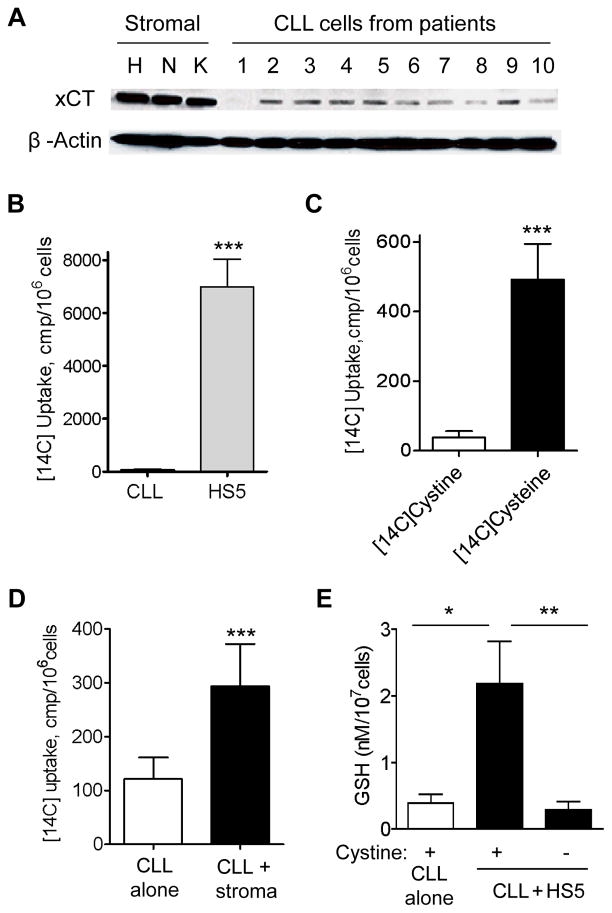Figure 5. Leukemia cells (CLL) exhibited low ability to directly utilize cystine and were dependent on stromal cells to convert cystine to cysteine for GSH synthesis.
(A) Expression of the cystine transporter xCT in HS5 (H), StromaNKtert (N), and KUSA-H1 (K) stromal cells and primary CLL cells from patients (n=10). The un-cropped blots are shown as Supplementary Information. (B) Comparison of [14C]cystine uptake by HS5 stromal cells and CLL cells (4 h incubation). Bar graph of mean ± SD of 3 separate experiments is shown (***, p<0.001). (C) Effective uptake of [14C]cysteine, but not [14C]cystine by CLL cells (4 h incubation; mean ± SD; n=3 patient samples; ***, p<0.001). (D) Stromal cells (HS5) increased the uptake of radioactivity by CLL cells in culture medium containing [14C]cystine (6 h incubation; mean ± SD; n=3 patient samples; ***, p<0.001). (E) Extracellular cystine was required for stromal cells to enhance GSH synthesis in CLL cells. CLL cell were co-culture with HS5 cells in presence or absence of 200 μM cystine for 72 h, and GSH contents in CLL cell extracts were measured (mean ± SD; n=3 patient samples; *, p<0.05; **, p<0.01).

